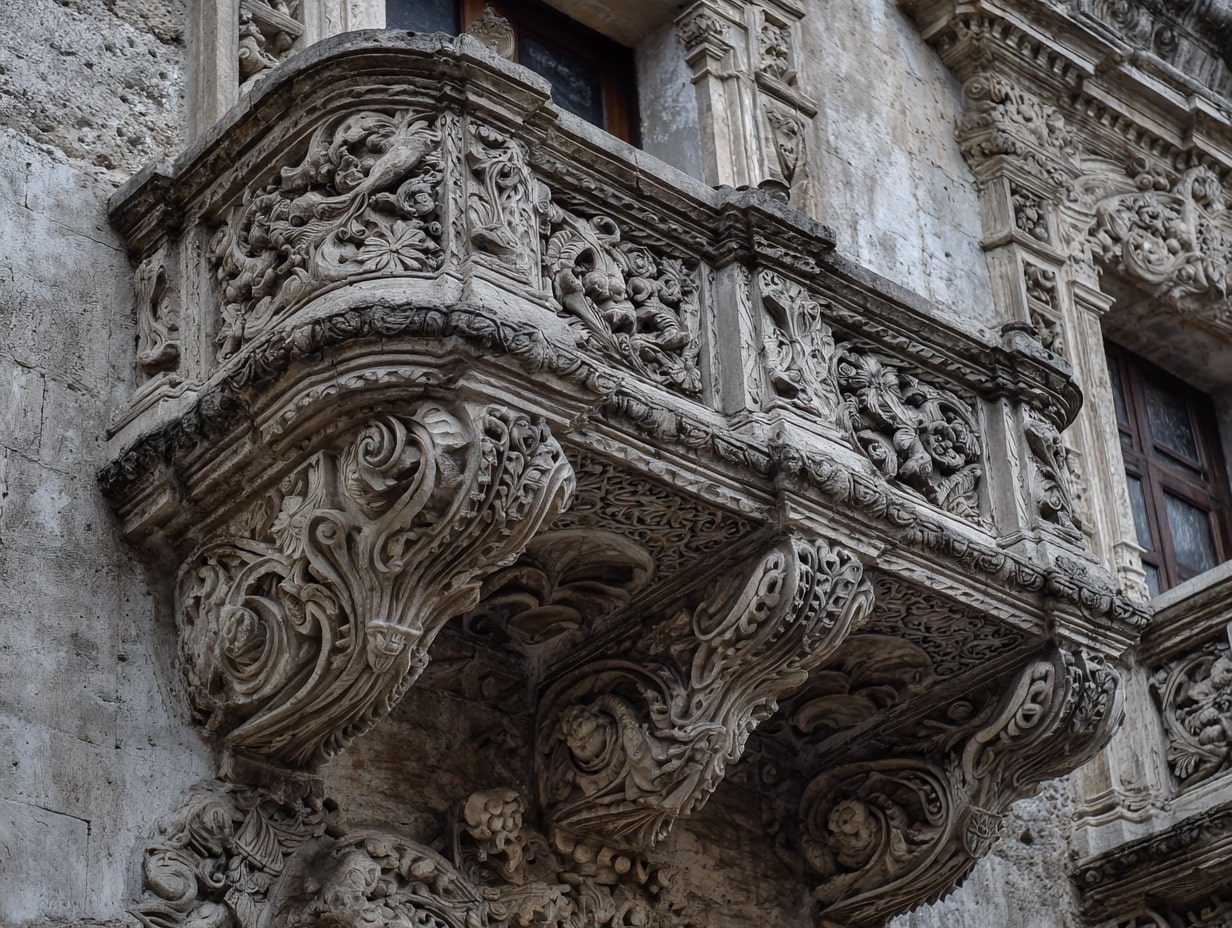- Home
- Articles
- Architectural Portfolio
- Architectral Presentation
- Inspirational Stories
- Architecture News
- Visualization
- BIM Industry
- Facade Design
- Parametric Design
- Career
- Landscape Architecture
- Construction
- Artificial Intelligence
- Sketching
- Design Softwares
- Diagrams
- Writing
- Architectural Tips
- Sustainability
- Courses
- Concept
- Technology
- History & Heritage
- Future of Architecture
- Guides & How-To
- Art & Culture
- Projects
- Interior Design
- Competitions
- Jobs
- Store
- Tools
- More
- Home
- Articles
- Architectural Portfolio
- Architectral Presentation
- Inspirational Stories
- Architecture News
- Visualization
- BIM Industry
- Facade Design
- Parametric Design
- Career
- Landscape Architecture
- Construction
- Artificial Intelligence
- Sketching
- Design Softwares
- Diagrams
- Writing
- Architectural Tips
- Sustainability
- Courses
- Concept
- Technology
- History & Heritage
- Future of Architecture
- Guides & How-To
- Art & Culture
- Projects
- Interior Design
- Competitions
- Jobs
- Store
- Tools
- More
Unlock Your Creativity: The Best Architecture Student Books You Must Read
Discover the essential books every architecture student should explore in our comprehensive guide. From foundational theories to innovative design practices, we unveil titles that deepen understanding and spark creativity. Learn about iconic works like "Towards a New Architecture" and "Delirious New York," along with influential biographies and design references.

As we dive into the world of architecture, it’s clear that the right resources can shape our understanding and creativity. Whether we’re aspiring architects or seasoned professionals, books play a crucial role in our journey. They not only provide essential knowledge but also inspire us to think outside the box and explore new ideas.
In this article, we’ll explore the best architecture student books that every budding architect should have on their shelf. From foundational theories to cutting-edge design practices, these books are invaluable tools that can guide us through the complexities of architecture. Let’s uncover the titles that will elevate our studies and fuel our passion for design.

Table of Contents
ToggleBest Architecture Student Books
We’ve curated a list of essential books for architecture students that cover foundational theories and innovative design practices, supporting their studies and inspiring creativity.

| Title | Author | Description |
|---|---|---|
| Towards a New Architecture | Le Corbusier | This classic text emphasizes the principles of modern architecture and advocates for functional design. |
| The Architecture of the City | Aldo Rossi | Rossi examines urban forms and the importance of historical context in architectural design, making it crucial for understanding city planning. |
| Delirious New York | Rem Koolhaas | Koolhaas presents a theoretical exploration of Manhattan, highlighting the role of architecture in shaping culture and society. |
| Complexity and Contradiction in Architecture | Robert Venturi | Venturi argues for a more inclusive understanding of architecture, challenging the minimalist movement and emphasizing richness in design. |
| S,M,L,XL | Rem Koolhaas & Bruce Mau | This comprehensive publication blends architectural theory with design practices, showcasing various projects with detailed insights. |
| A Pattern Language | Christopher Alexander | Alexander provides a practical approach to architectural design, offering patterns that facilitate human connection in built environments. |
| The Four Books of Architecture | Andrea Palladio | A foundational text that explores principles of classical architecture, Palladio’s work remains influential in contemporary design. |
| The Poetics of Space | Gaston Bachelard | Bachelard delves into the philosophical aspects of space, examining how our experiences shape our understanding of architecture. |
| Architecture: Form, Space, and Order | Francis D.K. Ching | This visual guide covers key aspects of architectural design, providing powerful diagrams and illustrations for students to grasp core concepts. |
| Site Planning and Design | Stephen C. McCauley | McCauley presents strategies for site planning, emphasizing the importance of context and the interaction between buildings and their surroundings. |
These books serve as valuable resources for architecture students, fostering their understanding and enhancing their creativity in the field.
Essential Textbooks
Architecture students benefit from a solid foundation in both design principles and historical context. The following texts provide indispensable knowledge for mastering essential aspects of architecture.

Design Fundamentals
- “Towards a New Architecture” by Le Corbusier
“Towards a New Architecture” promotes modern design principles while emphasizing the relationship between architecture and technology. Our understanding of functionalism and aesthetics grows from Le Corbusier’s iconic ideas, which challenge conventional design norms.
- “Complexity and Contradiction in Architecture” by Robert Venturi
Venturi’s work advocates for a richness and variety in architectural design. This book helps us recognize the complexities of buildings and environments, encouraging an appreciation for diverse styles and approaches.
- “A Pattern Language” by Christopher Alexander
“A Pattern Language” presents a comprehensive system for addressing common design challenges. We learn to apply practical design patterns that enhance user experience and foster a sense of community in architectural projects.
History of Architecture
- “The Architecture of the City” by Aldo Rossi
Rossi’s text examines urban forms and their historical contexts. It deepens our understanding of how cities evolve and invites us to consider the lasting impact of urban planning on architecture.
- “Delirious New York” by Rem Koolhaas
Koolhaas explores the cultural significance of architecture within New York City. By dissecting the city’s architectural landscape, we gain insight into how various design philosophies influence urban environments.
- “The Poetics of Space” by Gaston Bachelard
Bachelard’s examination of space and human experience offers philosophical insights relevant to architectural design. This book enhances our appreciation for how built environments affect our perception and interaction with space.
These textbooks form a crucial part of our educational journey in architecture, enriching our expertise and fueling our creative passions.
Design Reference Books
Design reference books serve as invaluable resources for architecture students, providing insights into theory, techniques, and design principles. These texts guide us in enhancing our creative processes and technical skills.

Architectural Theory
Architectural theory books provide foundational concepts and frameworks that shape the practice of architecture. Key titles include:
- “A Theory of Architecture” by Nikos Salingaros
This book examines the connections between architecture, mathematics, and nature, promoting a biophilic approach to design.
- “The Architectural Form: An Approach to the Study of Form in Architecture” by James D. McCarter
This title offers a detailed exploration of form and its impact on architecture, encouraging critical analysis of design elements.
- “S, M, L, XL” by Rem Koolhaas
This comprehensive work blurs the lines between theory and practice, showcasing various architectural projects and theoretical concepts.
Each of these texts deepens our understanding of architectural philosophy and influences our design thinking.
Technical Drawing Techniques
Technical drawing techniques are essential for architectural representation and communication. Notable resources include:
- “Architectural Graphics” by Francis D.K. Ching
This book covers the fundamentals of graphics in architecture, including drawing techniques, diagrams, and presentation styles.
- “Drawing and Designing with Confidence: A Step-by-Step Guide” by Barbara Debevoise
This guide offers practical drawing exercises aimed at building skills in architectural sketching and visualization.
- “Graphic Standards: Architecture” by American Institute of Architects
This reference includes standard details and illustrations that help us understand industry practices in technical documentation.
Utilizing these resources helps us develop essential drawing skills, ensuring our designs effectively communicate ideas and concepts.
Inspirational Reads
Exploring architecture isn’t complete without delving into the biographies of influential architects and examining compelling case studies that showcase design in action. These resources provide valuable insights and practical examples, enhancing both our knowledge and inspiration.

Biographies of Famous Architects
Biographies of renowned architects reveal their journeys, methodologies, and the socio-cultural contexts that shaped their work.
- “Frank Lloyd Wright: A Biography” by Meryle Secrest explores the life and design philosophies of the iconic architect, detailing his innovations and personal challenges.
- “The Master Architect: The Life and Work of Louis Kahn” by David B. Brownlee and David G. De Long captures Kahn’s unique vision and impact on modern architecture.
- “Zaha Hadid: The Queen of the Curve” by Philip Jodidio chronicles Hadid’s groundbreaking work and her pursuit of fluid forms.
- “Eero Saarinen: The Architect Who Saw the Future” by Robert Kenta focuses on Saarinen’s influential structures, blending functionality with aesthetic appeal.
These biographies not only highlight each architect’s accomplishments but also inspire us by showcasing resilience, creativity, and innovation within the field.
Case Studies in Architecture
Case studies provide a practical examination of successful architectural projects, revealing the design processes that led to their fruition.
- “Case Study Houses” by Esther McCoy documents the famous Case Study House program in California, highlighting innovative residential designs and their influence.
- “Building and Dwelling: Ethics for the City” by Richard Sennett examines urban spaces through various case studies, focusing on the relationship between architecture and the social environment.
- “The High Line” by Joshua David and Robert Hammond details the transformation of an abandoned railway into a vibrant public park, illustrating the integration of landscape and architecture.
- “Architecture of the Space Age” by the Museum of Modern Art presents case studies of futuristic designs that redefined building styles and capabilities.
These case studies offer concrete examples of architectural principles in action, allowing us to analyze successful design solutions and understand the evolution of spaces in diverse contexts.
Conclusion
Architecture students benefit greatly from a diverse range of books that deepen their understanding and fuel their creativity. Essential titles such as “Towards a New Architecture” by Le Corbusier and “The Architecture of the City” by Aldo Rossi provide foundational insights and modern principles. Titles like “Delirious New York” by Rem Koolhaas and “Complexity and Contradiction in Architecture” by Robert Venturi challenge students to think critically about design.
Incorporating design reference books enhances technical skills and theoretical knowledge. Works like “A Theory of Architecture” by Nikos Salingaros and “The Architectural Form” by James D. McCarter connect architectural concepts to broader contexts. Essential drawing resources like “Architectural Graphics” by Francis D.K. Ching further support effective communication of ideas.
Influential biographies and case studies provide additional layers of insight and inspiration. Biographies such as “Frank Lloyd Wright: A Biography” and “Zaha Hadid: The Queen of the Curve” showcase innovative methodologies and perseverance. Case studies including “Case Study Houses” and “The High Line” illustrate successful design implementations and contextual relevance.
Together, these books form a comprehensive toolkit for architecture students, equipping them to navigate their educational journeys and nurture their passion for design.
- architectural design books
- architecture books for beginners
- architecture books for college students
- architecture books for learning
- architecture guide books
- architecture history books
- architecture inspiration books
- architecture literature for students
- Architecture Student Books
- architecture textbooks
- architecture theory books
- Best Books for Architecture Students
- books on architecture concepts
- creative architecture books
- essential architecture books
- iconic architecture books
- learn architecture through books
- must-read architecture books
- reading list for architecture students
- recommended architecture books
- top architecture books
I create and manage digital content for architecture-focused platforms, specializing in blog writing, short-form video editing, visual content production, and social media coordination. With a strong background in project and team management, I bring structure and creativity to every stage of content production. My skills in marketing, visual design, and strategic planning enable me to deliver impactful, brand-aligned results.
Submit your architectural projects
Follow these steps for submission your project. Submission FormLatest Posts
Are Organic Bamboo Sheets Worth the Investment?
When it comes to getting a good night’s sleep, the quality of...
Converting Garages to Living Spaces: Structural Changes That Require Professional Engineering
When considering a garage conversion to extend your home’s living space, understanding...
A Beginner’s Guide to Architectural Details
Architectural details explained for beginners: clear terms, key joints, proportions, climate-smart specs,...
5 Must-Visit Structures by Norman Foster
Explore five must-visit structures by Norman Foster, showcasing iconic works that combine...












Leave a comment